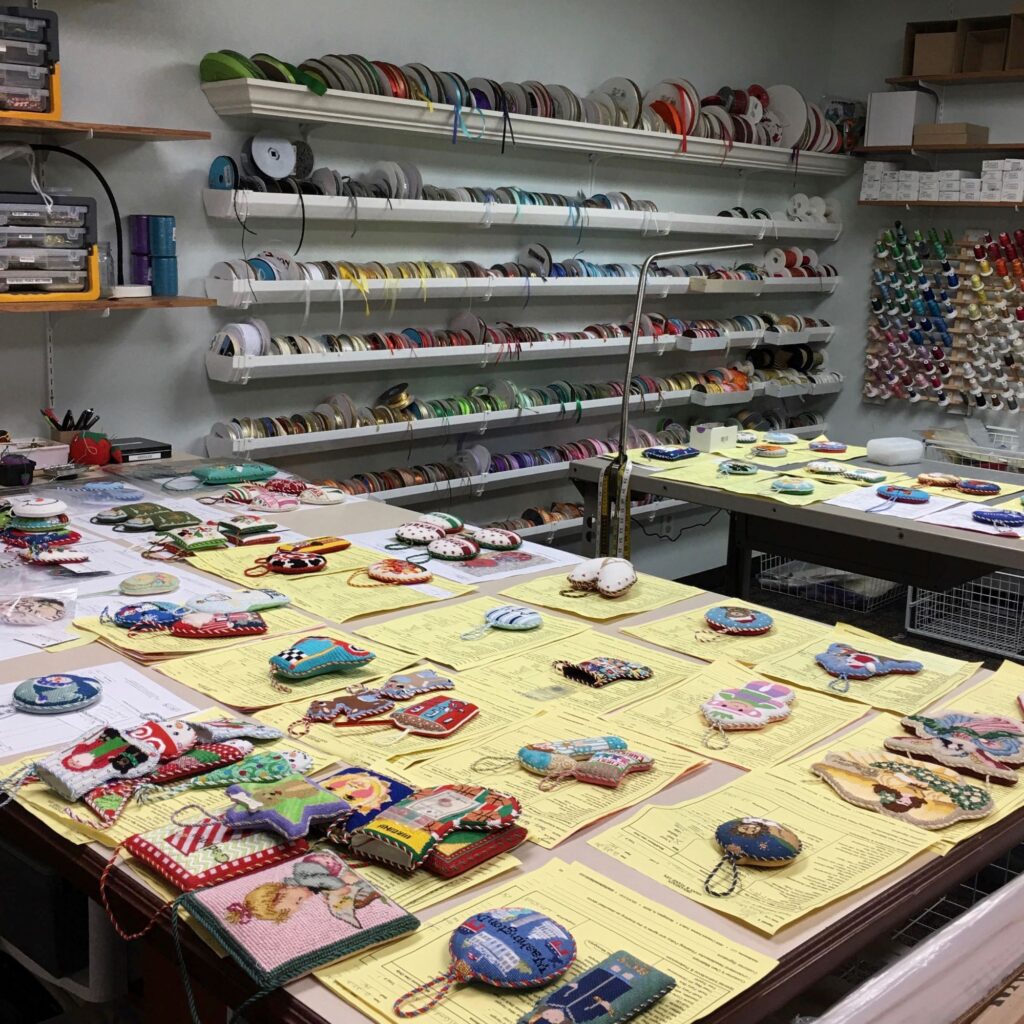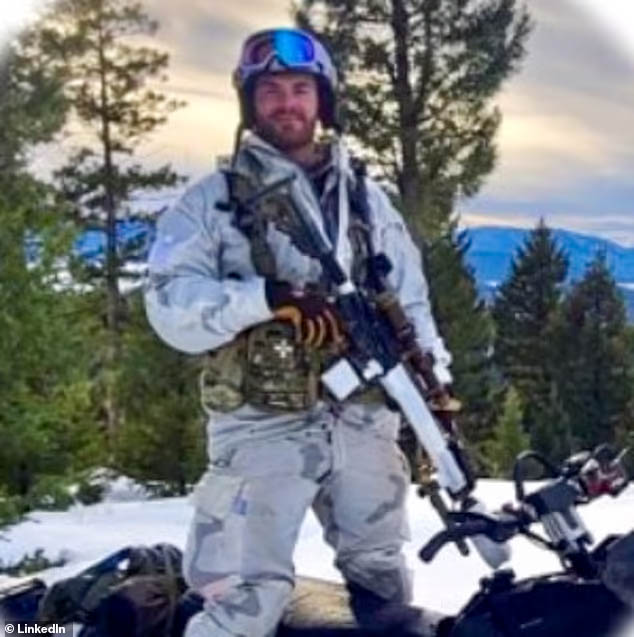Hollywood shapes perceptions of education through its portrayal of traditional learning environments, limiting views on innovative education. The post Flipping the Script: Hollywood’s Role in Changing Depictions of Learning Environments appeared first on Getting Smart.
Representation matters, especially in storytelling. It shapes our aspirations, influences the choices we make, and even alters how we perceive and value education.
Many parents echo a common sentiment: “My child preferred the conventional high school experience over a unique learning opportunity.” This preference for a “big box high school” complete with lockers and a school mascot might not just stem from personal choice but also from the powerful influence of Hollywood’s portrayal of education.
Films like Grease, 10 Things I Hate About You, Mean Girls, The Breakfast Club, and even Spider-Man consistently present a rigid version of high school that has become deeply ingrained in our cultural imagination. TV shows are guilty too, everything from Friday Night Lights and Freaks and Geeks to more recent spins like Euphoria. Even the magical halls (glorified dorms) of Hogwarts in Harry Potter, though teaching wizardry, stick to traditional classrooms and textbooks. While movies such as Dead Poets Society and Good Will Hunting are celebrated for their inspirational messages about powerful learning, they still largely conform to conventional educational settings and demonstrations of knowledge.
The filmography of John Hughes (director of Say Anything, Pretty in Pink, Sixteen Candles, and The Breakfast Club) might just be the standardized test equivalent of high school branding—ubiquitous and defining a narrow view of what school should look like. This repetitive cinematic blueprint suggests a limited perspective on what education can be, potentially acting as a roadblock to innovative educational reforms. On top of that, many of these films (and series) were made nearly 40 years ago and yet the learning models of today look as though time has stood still.
At an event with the d.school last year, we watched the opening sequence for the Jetsons—Futurism 101—and all shamefully rested our faces in our hands at the fact that the futuristic depiction of school is … the present depiction of school (plus a flying car and more creatively shaped buildings.)
Despite this dire introduction, both film and literature offer a handful of examples that buck this trend. These rare but important stories choose to present unique learning environments in all of their glory and will continue to play a crucial role in helping families and young people visualize what school is and what school could be. To innovate in education, we must first reimagine it in our stories. Get out your popcorn.
School-based Movies that Explore Learning Outside of the Classroom
School of Rock is a vibrant portrayal of how unconventional teaching methods can unlock students’ potential and passion. When a rock musician poses as a substitute teacher, he introduces his students to the world of rock music, demonstrating that the classroom can serve as a conduit for creativity and self-expression that extends well beyond traditional educational norms.
Rushmore features a precocious teenager using the traditional school setting as a launchpad to express his unique talents and ambitions. The protagonist’s extracurricular exploits and creative endeavors highlight how the rigid educational environment can catalyze a student’s drive to make a difference, however small, blending a comic representation of traditional learning with personal and artistic growth.
The Great Debaters portrays a historically black college that uses the power of debate to transform learning for students. Students engage in real-world challenges and engagement with diverse perspectives, which fosters durable skills like resilience, leadership and empathy. Students also learned how to navigate societal injustices and stand up for equity which instilled confidence in their ability to affect change.
Sky High features a high school for teenage superheroes where they learn to harness and enhance their superpowers. The curriculum includes hands-on lessons where students must navigate obstacle courses and use their powers in practical tests. Although rooted in assessment, the “curriculum” is personalized, adaptive, and one might even say project-based.
Movies Set Outside of the Classroom
After Yang delves into the future of education through the lens of culturally responsive tutoring and the profound role of technology in learning. The film presents a world where a robotic companion not only serves as a member of the family but also as a tutor to the child, integrating technology seamlessly into the learning experience. This depiction challenges conventional educational settings by showing how personalized and tech-integrated methods can deeply affect emotional and cultural growth.
In Captain Fantastic, education transcends the four walls of a traditional classroom and ventures into the vastness of the wild. The protagonist, a father dedicated to rearing his children in a home-school setting deep in the forest, employs rigorous physical and intellectual education methods. The film showcases an unconventional model of education that emphasizes survival skills, philosophical debates, and critical thinking, presenting a compelling alternative to standard educational systems.
The Way, Way Back tells the story of a young boy who takes a job at a water park where he learns about himself, belonging, commitment, etc. These types of experiences at formative ages are key parts of learning about life.
The Kings of Summer is a coming-of-age film follows three teenage boys who decide to spend their summer building a house in the forest and living off the land. Their experience includes learning about and foraging for food in the wild.
Novel Depictions of Schools (Learning) of the Future
The Dispossessed by Ursula K. Le Guin describes a society on the moon Anarres, where education is communal and children are raised collectively. This setting challenges traditional notions of family and education, focusing on communal living and learning.
“Beatnik Bayou” by John Varley in a short story where education is highly personalized, with teachers who adapt their age to match their students, growing alongside them. This model emphasizes a deeply personalized and lifelong mentorship approach to education.
In Conclusion
After doing this exercise it rapidly became evident that we need to do a much better job at representing innovative learning environments on the big screen and, heck, rebranding school. Many of the ones above are a stretch, at best. To screenwriters or AIs listening… how about we include a minor character that attends a microschool? What about a plot that features a student doing a high-quality project in their community that then sends them after a mystery? This seems like a true crime story waiting to happen, one based on the real world.
Storytelling is a feat of imagination — one that we’re leaving our schools out of.
Do you have other favorite examples of innovative school models on the big screen? Drop them in the comments!
The post Flipping the Script: Hollywood’s Role in Changing Depictions of Learning Environments appeared first on Getting Smart.








